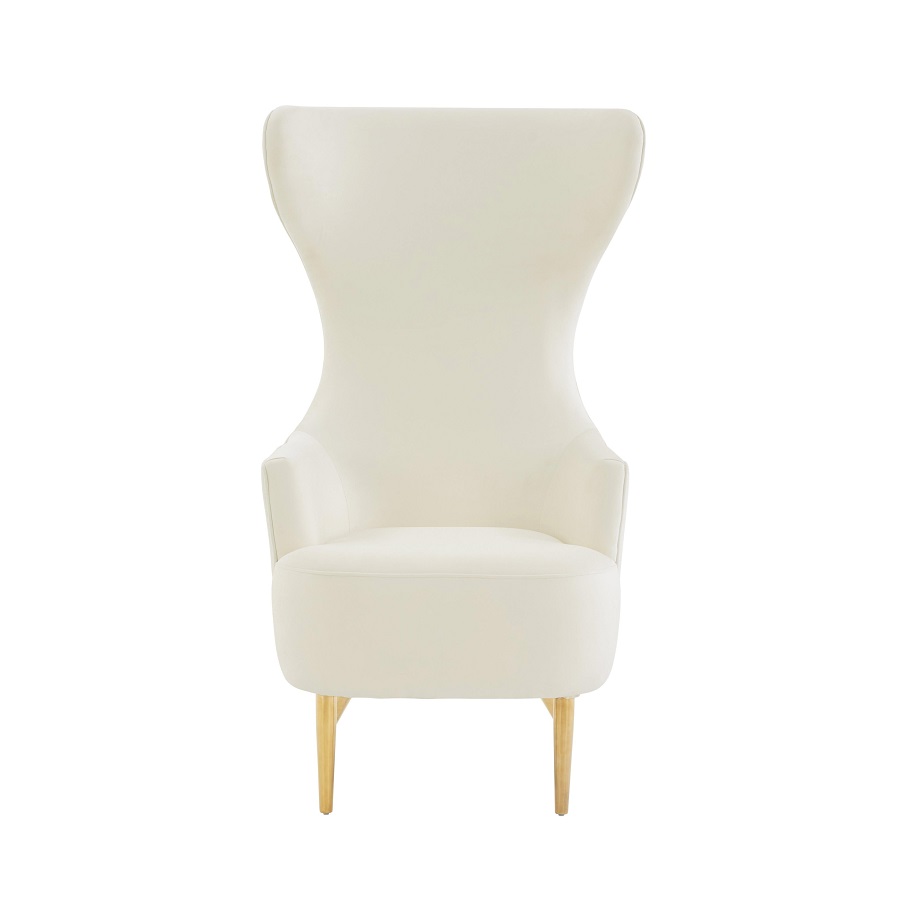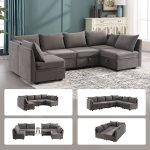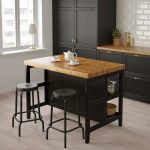Wingback chairs, often recognized for their distinctive high backs and pronounced wings, have been a staple in interior design for centuries. Their classic charm transcends time, making them a beloved choice among homeowners and decorators alike. In this article, we will delve into the history, design elements, versatility, and enduring appeal of wingback chairs, exploring why they continue to be a favored option in modern decor.
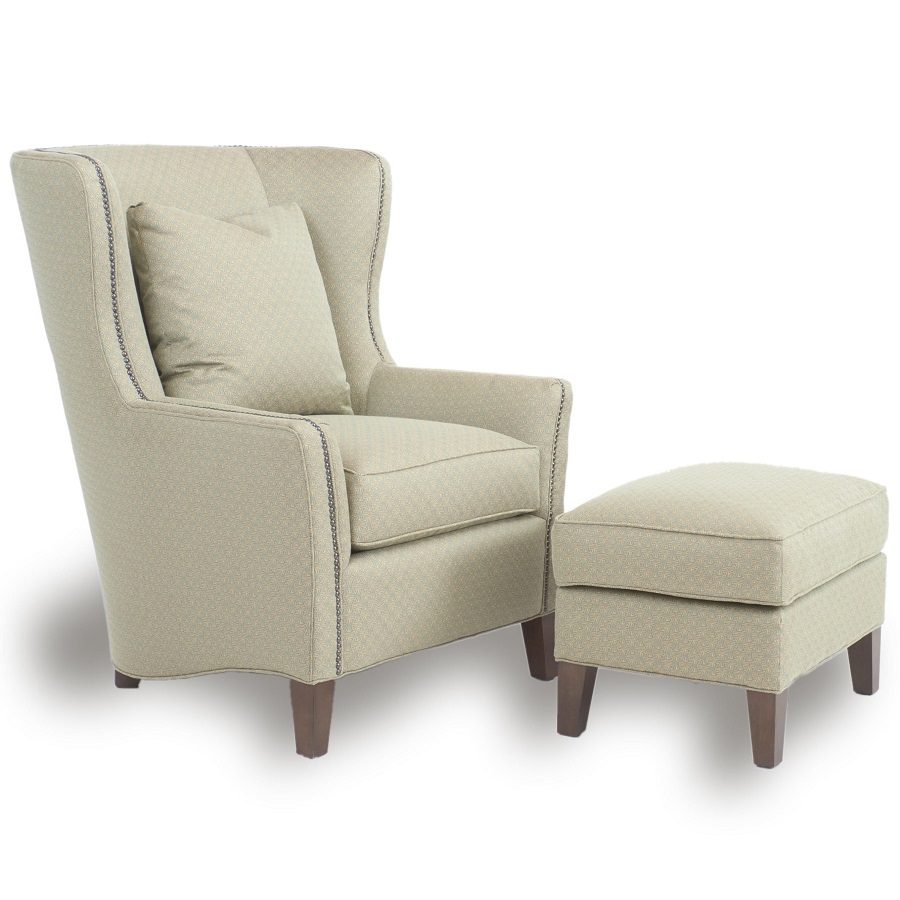
The Historical Roots of Wingback Chairs
Origins in the 17th Century
The wingback chair’s journey began in the 17th century in Europe, particularly within England. Originally designed for functionality, these chairs were crafted to provide warmth during the colder months. The wings served a practical purpose by enclosing the sitter, helping to keep the heat from the fireplace close to the body. This innovative design quickly gained popularity among the upper classes, who appreciated both its comfort and its aesthetic appeal.
Evolution Through the Ages
As time passed, the wingback chair evolved in style and construction. By the 18th century, craftsmanship flourished, leading to intricate designs that featured ornate carvings and luxurious upholstery. The Georgian era saw the emergence of the “Queen Anne” style, which introduced a more curvaceous form and emphasized elegance over merely functional design. The structure became more refined and decorative, reflecting the tastes and statuses of the owners.
Influence of Various Design Movements
The 19th century brought about further transformations with the Industrial Revolution, allowing for mass production of furniture. Wingback chairs adapted to various design movements, including Victorian and Arts and Crafts styles. Each era imparted its unique characteristics, ensuring that wingback chairs remained relevant and stylish. Today, these chairs are available in countless variations, showcasing both traditional craftsmanship and contemporary aesthetics.
Distinctive Features of Wingback Chairs
Elegant Silhouettes and Proportions
One of the defining characteristics of wingback chairs is their elegant silhouette. The high back, often reaching several inches above the head, creates a striking visual presence in any room. The wings, typically extending outwards, lend a sense of grandeur while also providing a sense of intimacy for the sitter. This combination of height and width sets wingback chairs apart from other seating options, making them a focal point in living spaces.
Upholstery Choices and Textures
The upholstery of wingback chairs varies widely, from rich velvets to durable leathers, allowing homeowners to select materials that best suit their style and needs. This variety not only enhances the aesthetic appeal but also offers different textures and finishes that can elevate the overall decor of a room. Patterns, colors, and fabric types can be chosen to complement existing furnishings or make a bold statement, showcasing personal taste and creativity.
Structural Integrity and Comfort
Beyond their beauty, wingback chairs are designed with comfort in mind. Many models feature cushioned seats and supportive backs, making them ideal for lounging or reading. The angled wings provide additional support for the arms, enhancing the overall seating experience. The solid construction, often using hardwood frames, ensures durability and stability, allowing these chairs to withstand the test of time.
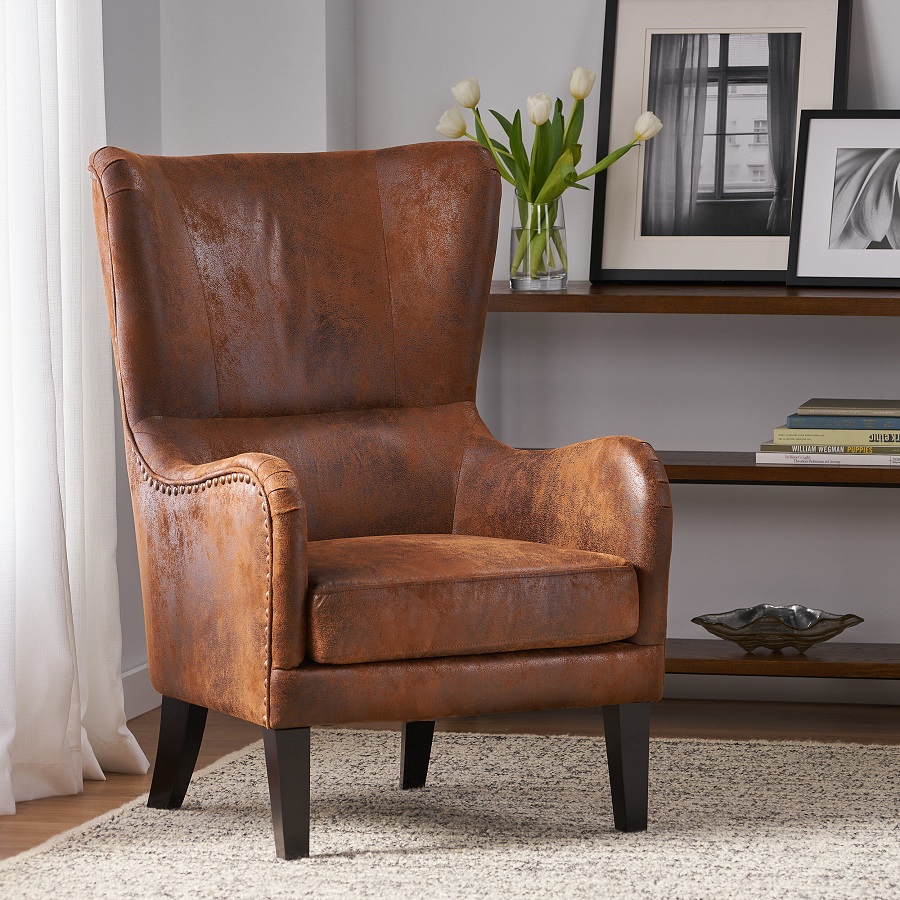
Versatility in Home Decor
Perfect for Traditional Settings
Wingback chairs inherently embody a traditional aesthetic, making them an excellent choice for classic interiors. In settings where antique or vintage furnishings dominate, a well-crafted wingback chair can seamlessly blend in while adding a touch of sophistication. Whether placed in a cozy reading nook or as a statement piece in a formal living room, their presence elevates the space’s elegance.
A Contemporary Touch
Contrary to popular belief, wingback chairs are not confined to traditional decor. In recent years, designers have reimagined these classic pieces to fit modern aesthetics. Sleeker lines, minimalist designs, and unexpected color choices enable wingback chairs to enhance contemporary spaces. When upholstered in bold fabrics or paired with modern furniture, these chairs can create stunning contrasts that invigorate a room’s overall design.
Adaptability Across Different Rooms
The versatility of wingback chairs also extends to their placement within the home. They can serve various functions depending on the room’s context. In living rooms, they may act as companion pieces to sofas, creating inviting conversation areas. In bedrooms, they can serve as stylish accent chairs, offering a perfect spot for relaxation. Even in hallways or entryways, a wingback chair can provide a welcoming touch, combining form and function beautifully.
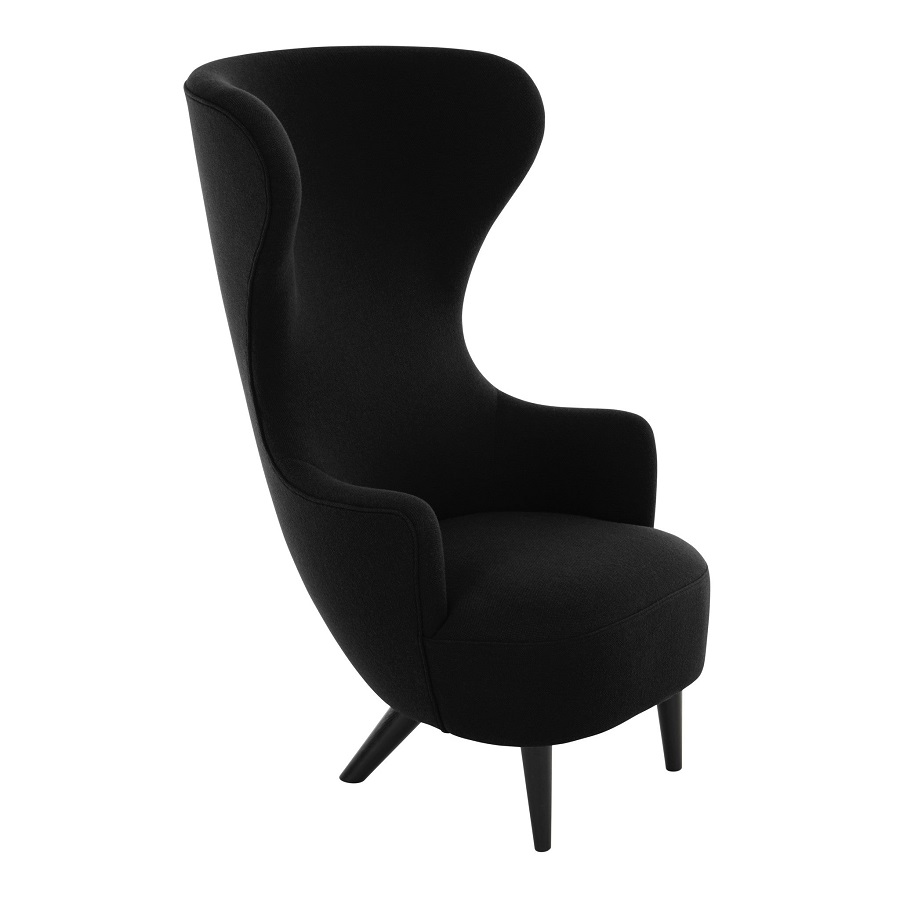
The Enduring Appeal of Wingback Chairs
Timeless Design
What makes wingback chairs truly special is their timeless design. Despite changing trends and evolving tastes, these chairs retain their charm and relevance in the world of interior design. Their classic proportions and elegance ensure that they never go out of style. Homeowners appreciate investing in pieces that can adapt to different decor styles while maintaining their inherent beauty.
Emotional Connection and Nostalgia
For many, wingback chairs evoke a sense of nostalgia. They remind us of cozy family gatherings, quiet evenings by the fire, or even tales told by grandparents. This emotional connection adds an intangible value to these pieces, making them cherished heirlooms passed down through generations. As people seek to create warm, inviting spaces, the wingback chair serves as a symbol of comfort and connection.
Investment Value
In addition to their aesthetic and emotional appeal, wingback chairs are often considered wise investments. Quality craftsmanship and durable materials mean they can last for decades, making them a practical addition to any home. Moreover, well-maintained wingback chairs can retain or even appreciate in value over time, particularly those that are vintage or designer pieces. This combination of beauty, comfort, and investment potential makes wingback chairs an attractive choice for discerning homeowners.
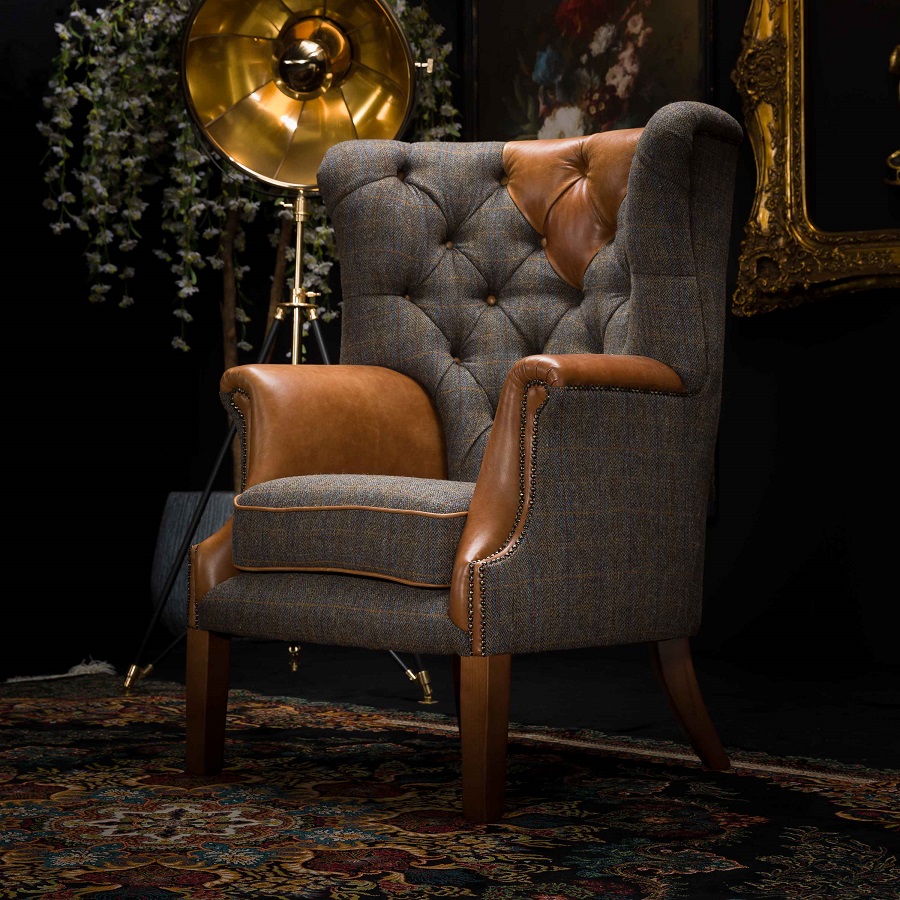
Choosing the Right Wingback Chair
Assessing Your Space
Before purchasing a wingback chair, it is essential to assess the available space and consider how the chair will fit into your existing decor. Measure the area to ensure that the chair will not overwhelm the room or obstruct traffic patterns. Additionally, take note of the color scheme and style of surrounding furniture to select a piece that harmonizes with the overall aesthetic.
Selecting the Right Style and Fabric
With an array of styles and fabrics available, choosing the right wingback chair can be an exciting yet daunting task. Consider the primary function of the chair—whether it will be used for casual lounging or more formal occasions. This decision will guide your selection of upholstery, from sturdy materials for everyday use to more luxurious options for special settings. Additionally, explore various styles, from traditional to modern, to find a chair that resonates with your personal taste.
Considering Comfort and Functionality
While aesthetics are vital, comfort should never be overlooked when selecting a wingback chair. Test various models to assess their seating comfort, paying attention to seat depth, back support, and arm height. Many chairs come with customizable options, allowing you to tailor the design to your preferences. Ultimately, finding a balance between style and functionality will ensure that your wingback chair remains a favorite spot for years to come.
Care and Maintenance of Wingback Chairs
Regular Cleaning Techniques
To keep your wingback chair looking its best, regular cleaning is essential. Depending on the upholstery material, dusting with a soft cloth or vacuuming with a brush attachment can help maintain its appearance. For fabric chairs, consider using a fabric cleaner or steam clean occasionally to remove stains and odors. Leather wingback chairs, on the other hand, require specific leather cleaning products to preserve their finish and prevent cracking.
Protecting Against Wear and Tear
As with any piece of furniture, wingback chairs can be susceptible to wear and tear over time. To protect your investment, consider using coasters for drinks and avoiding placing items on the arms or back. If the chair is frequently used, applying a fabric protector can help repel stains and spills, ensuring longevity. Additionally, rotating cushions and pillows regularly can prevent uneven wear and maintain the chair’s shape.
Professional Restoration Options
If your wingback chair shows signs of aging or damage, professional restoration may be necessary. Skilled upholsterers can breathe new life into worn-out chairs, replacing fabric, repairing frames, and restoring finishes. Investing in professional restoration not only preserves the chair’s charm but also enhances its value, making it a worthwhile consideration for beloved pieces.
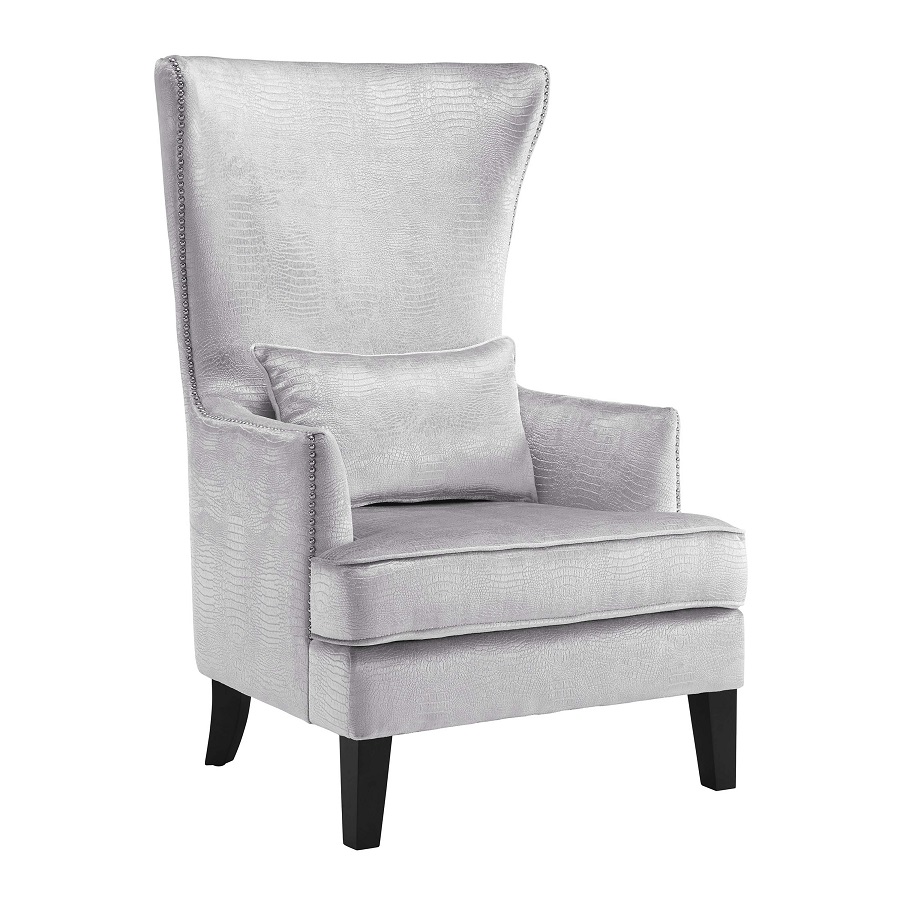
Conclusion: Embracing the Classic Charm
In conclusion, wingback chairs exemplify classic charm, combining history, design, and functionality into one exquisite piece of furniture. Their distinct features, versatility, and enduring appeal make them a valuable addition to any home. Whether you prefer a traditional or contemporary style, there is a wingback chair that can complement your decor and meet your needs. By understanding their historical significance and recognizing their timeless beauty, you can truly appreciate the classic charm of wingback chairs in your living space.
